DIY instantaneous water heater
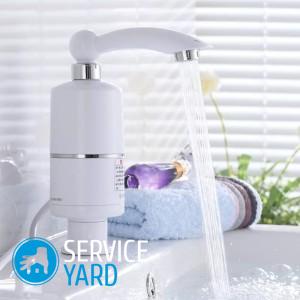
One can object to the idea of a home-made water heater: such products are on sale enough. But what kind of home master will refuse the opportunity to make something on his own? Moreover, if this “something” works quite well. Today we will talk about how to make a conventional instantaneous water heater with your own hands. Many summer residents know firsthand what the problem with warm water is. A tank that heats up “from the sun” is, of course, healthy and romantic, but this water is not always enough. So, if you are haunted by the laurels of Kulibin, for work!
to contents ↑Device features
As with any hot-water device, the main part of the instantaneous water heater is the heater. It can be in the form of a spiral or a straight tube. The heating element is enclosed inside a copper flask closed hermetically. The flask, in turn, is placed in the body of the structure and when connected to electricity heats the water. Water heats up very quickly and flows out of the faucet already warmed up.
to contents ↑TEN: to buy or make independently?
As you already understood, the main difficulty is where to get the heating element. There are 2 options, each of which is good in its own way. Buying a ready heater in the store - this is the easiest way. It is suitable for those who do not want to think about how to solder a flask with a heating element. However, there is also its own specifics. It is necessary to choose a heating element by power so that it can withstand the wiring available in the house.
Important! For a modern apartment, the maximum power of the heating element is 5 kW, and for a small Khrushchev - not more than 4 kW.
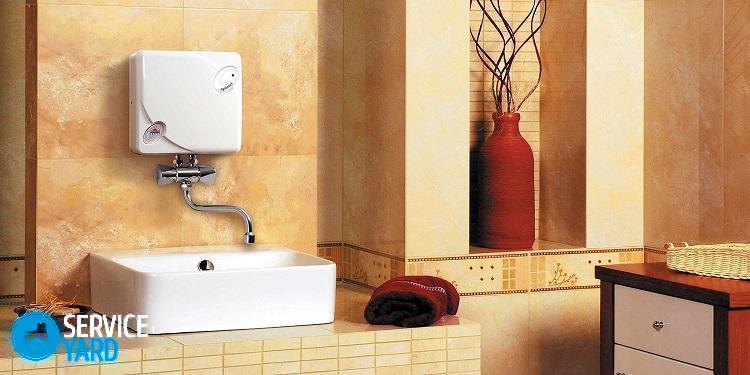
Manufacturing procedure
Naturally, it is cheaper to make a flowing water heater on your own than buying a finished product. You will need:
- Device for soldering copper pipes.
- Gas stove.
- Copper tubes.
- Nichrome wire.
- Heat resistant textiles.
- Heat resistant adhesive.
The manufacture of heating elements is carried out in several stages.
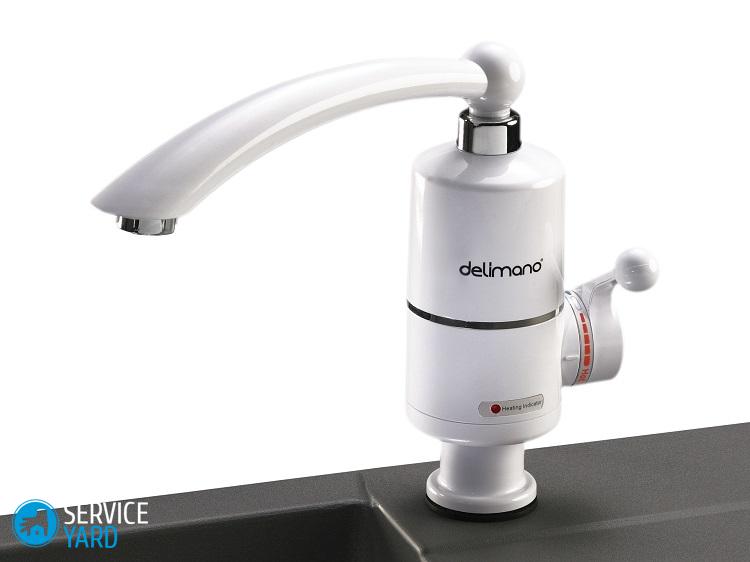
Stage 1
Screw copper tubes into a 4-turn spiral. The shape of the coil may be square or round. This does not affect the operation of the manufactured device.
Stage 2
Wind nichrome wire onto a copper pipe. Winding as tightly as possible so that the turns touch each other. To keep the wire better, fasten its ends with the help of heat-resistant glue, which is used in the business of stove-makers.
Stage 3
Wrap the spiral with heat resistant textiles. If it was not possible to get a heat-resistant fabric, just make sure that no flammable substances get on the spiral, this problem is completely solved.
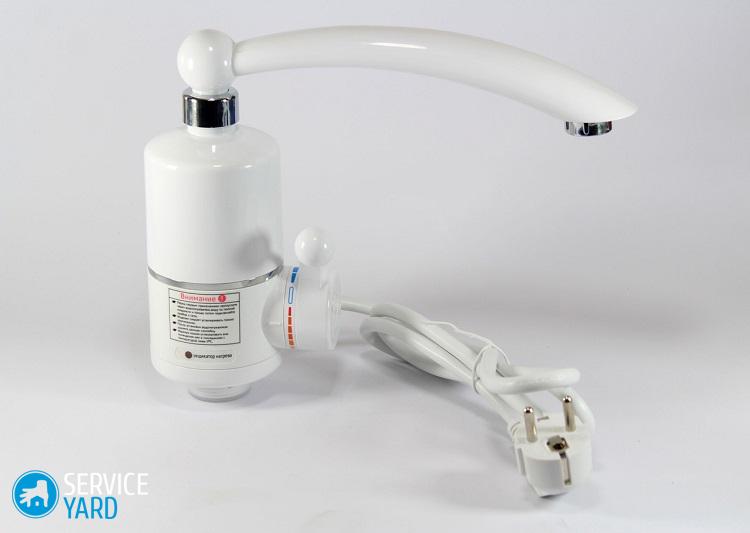
Stage 4
Feed in a parallel circuit each of the spirals you have made. The power of the device, when compared with a serial connection, will be greater.
Stage 5
Place the structure inside a hermetically sealed flask. Hermetically sealed it is possible using a gas burner.
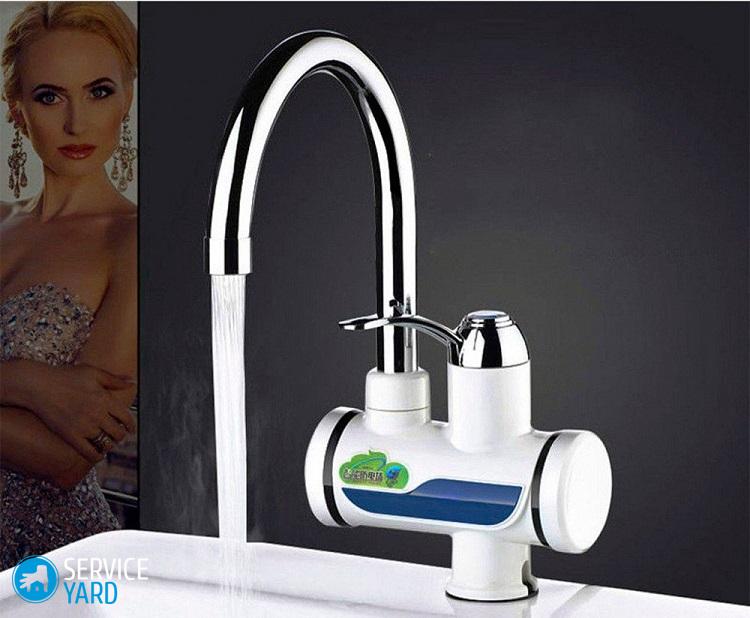
How to calculate the heater?
Now we find out how much copper tube and nichrome wire will be needed. In addition, we find out the diameter of the turns. To begin with, before you start to make a homemade electric instantaneous water heater with your own hands, we will calculate the nichrome wire.
Given: there is a wire of nichrome with a diameter of 1 mm. Suppose that the planned power of the device is 5 kW.
The current strength is I = P / U, where:
- I is the current strength, A;
- P is the power of the device, W;
- U is the magnitude of the voltage in the network.
5000 W / 220V = 23A.
Important! Of course, ordinary wiring is unlikely to withstand such a current, so it is advisable to take care of laying a separate line for the grooveer.
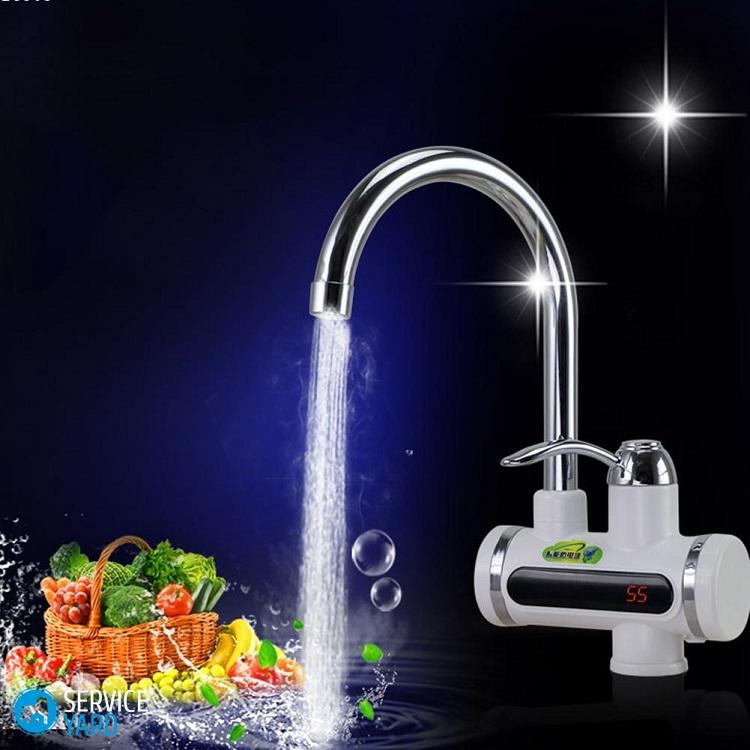
Now we calculate the resistance of the wire, since all other calculations will be tied to this indicator. We use the formula R = P x L / S, where:
- P is the value of the resistivity of the material;
- R is the resistance of nichrome;
- S is the value of the cross-sectional area.
At the same time, we recall the formula for the current strength. Based on it, U / I = P x L / S.
The table value of the specific resistance of nichrome is 1.1 Ohm / mm2. The cross-sectional area of the wire is for our example. S = πr2 = 3.14 * 0.52 = 0.8 mm2.
Then the length of the wire L, based on equality, will be 6.2 m. Dividing the wire into 3 equal parts, we obtain for each of the segment approximately 2 m of nichrome.
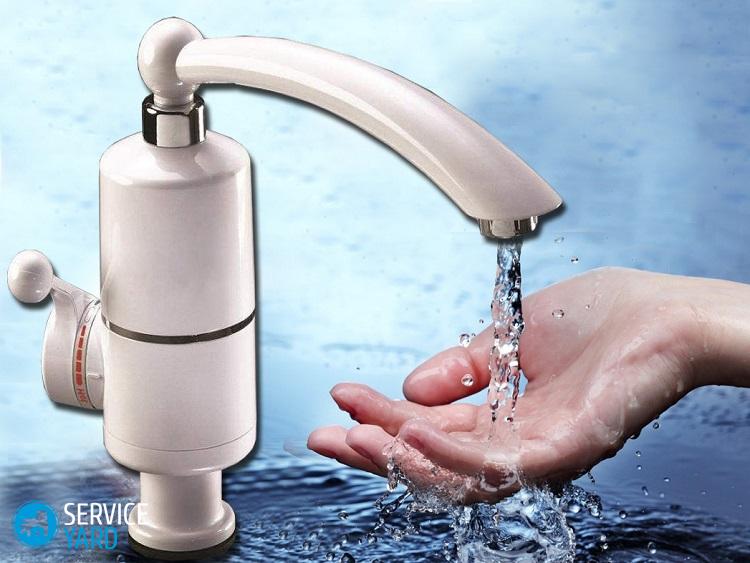
How to calculate the copper tube?
We make a calculation based on such input data:
- The diameter of the tube is 10 mm.
- The wall thickness is 1 mm.
- The shape of the coil is round.
The length of one turn is L = 2πR.
Dividing the length of a piece of nichrome wire by the length of the coil and rounding the resulting value to an integer, we get the number of turns for winding.
Important! When a copper tube is twisted into a spiral, it sometimes flattenes at the bend. This negatively affects the operation of the device. To avoid this, the craftsmen recommend pre-filling the tube with sand and plugging it with plugs on both sides.
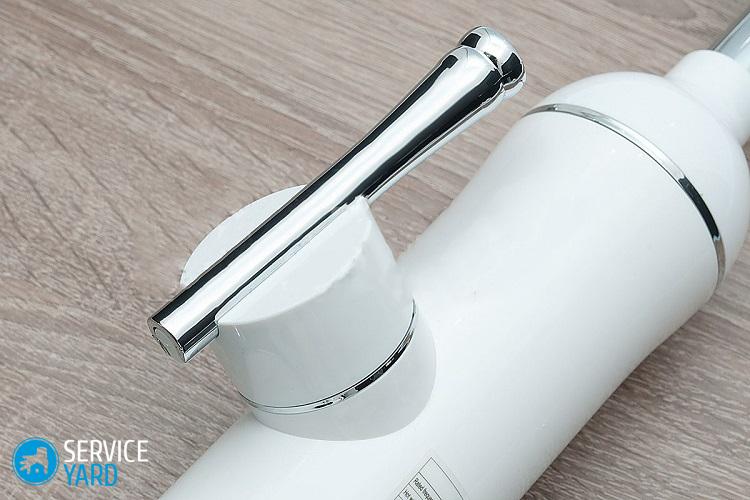
We start manufacturing the device
So, all preliminary calculations are made, the parts are bought or made independently. Now you can proceed directly to the manufacture of a water heater with your own hands.
You will need:
- Bucket.
- Rubber gaskets.
- Ball valve.
- ½ or ¾ ”fitting.
- Screwdriver.
Outside, the heater is fastened with bolts and nuts.
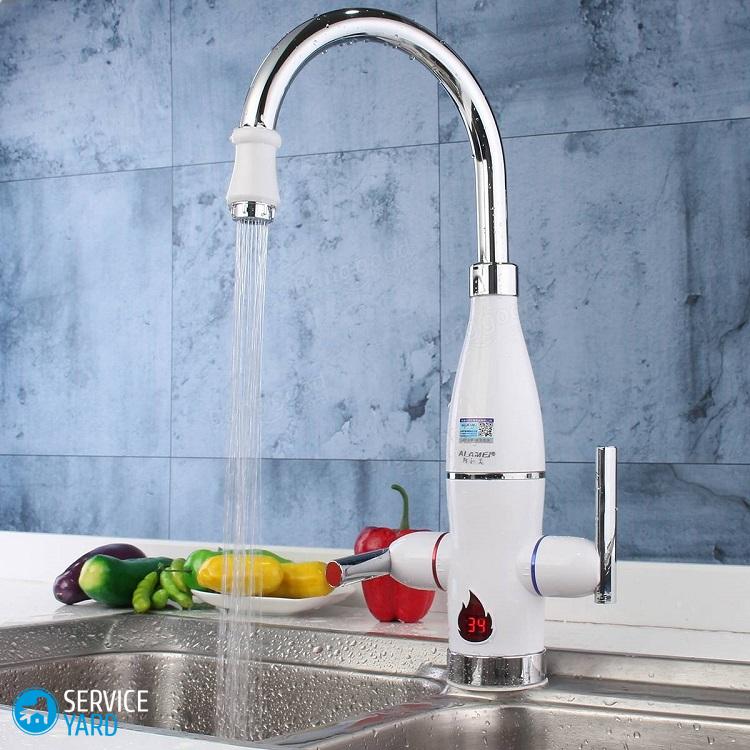
Operating procedure:
- Make a hole for the tube in the bottom of the bucket, connect the fitting to it.
- A water riser can be easily connected to this fitting.
- Install a drain cock at the pipe outlet. This allows, for example, the connection of a shower head. As a temperature controller, you can use the simplest thermostat from electric kettle, along with the power button. Place the thermostat next to the heater. This will make it possible to determine the water temperature at the moment with maximum accuracy.
- The button is conveniently displayed on the surface of the housing. It turned out quite a powerful instantaneous electric water heater with its own hands, which can cope with the heating of 10-15 liters of water almost instantly.
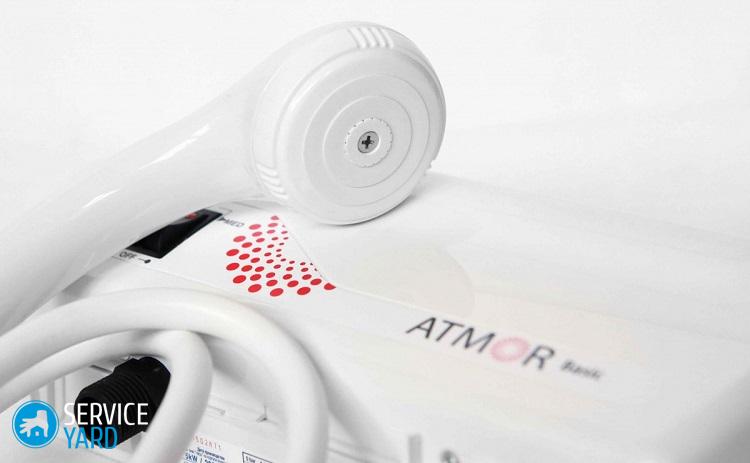
Safety regulations
In the case of self-made electrical appliances, safety rules are especially relevant. The device has minimal protection against overheating, electric shock and boiling water:
- Do not forget to ground the water heater. If you made a device for a summer residence, then it is advisable to ground it to the site. Bury the iron frame in the ground and connect it to the tank using steel tape.
- The design is devoid of overheating sensors, so be extremely careful when operating it.
Stock footage
If you are not confident in your own skills and knowledge - do not take up this work. Get a prefabricated pre-made water heater.
- How to choose a vacuum cleaner taking into account the characteristics of the house and coatings?
- What to look for when choosing a water delivery
- How to quickly create comfort at home - tips for housewives
- How to choose the perfect TV - useful tips
- What to look for when choosing blinds
- What should be running shoes?
- What useful things can you buy in a hardware store
- Iphone 11 pro max review
- Than iPhone is better than Android smartphones



